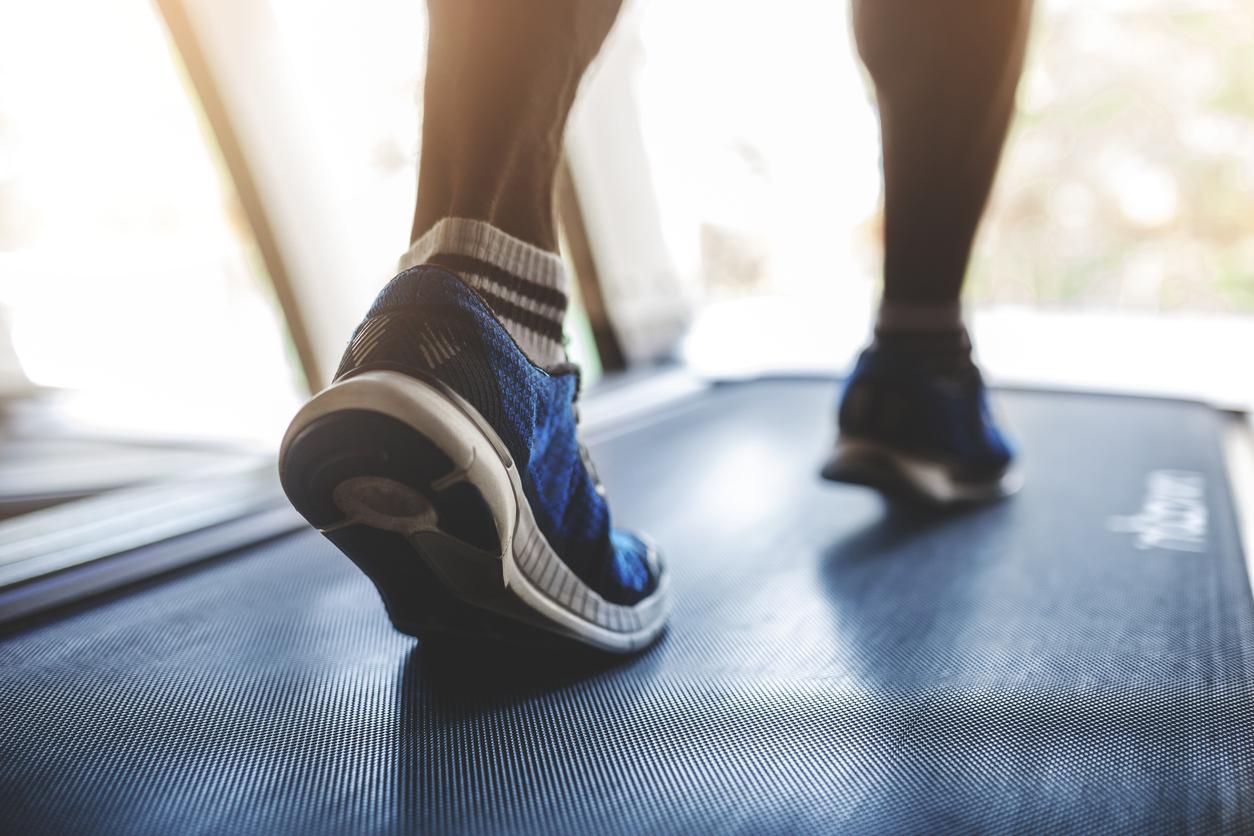Two minutes of high-intensity interval training (HIIT) would have the same benefits for the body as thirty minutes of conventional exercises. Enough to adapt the forms of exercises according to your preferences and the time available.

The positive effects of sport on our body and brain are well known. Now, it would seem that a single very short and very intense sports session (interval training) offers the same beneficial effects as a longer and more moderate session.
The course of the experiment
To carry out this study, researchers from the University of Victoria in Melbourne (Australia) compared the results of eight young sports volunteers after three training sessions at different intensities. They analyzed mitochondrial responses, the micro-organisms that transform oxygen into energy in muscle cells and whose role is essential during the practice of sport. These analyzes were made from muscle biopsies in the thighs of the volunteers before training, immediately after and three hours later.
The first exercise was done at moderate intensity: 30 minutes of cycling during which the volunteers used 50% of their capacity. Then the second exercise was done more intensely: five times four minutes of cycling at 75% capacity with one minute of rest between each session. Finally, the last exercise was the most vigorous: sprint on the bike for thirty seconds four times, separated by four and a half minutes of recovery.
Similar results regardless of exercise intensity
The results, published in the journal American Journal of Physiology, revealed that the level of hydrogen peroxide (H2O2), a molecule involved in cell signaling and present in the mitochondria, increases after exercise. This change improves cellular responses beneficial to their metabolic function, without causing damage to the cell. Indeed, too high a concentration of oxygen peroxide can damage the cells.
The researchers found no noticeable difference based on exercise intensity, suggesting that two minutes of high-intensity interval exercise has the same mitochondrial benefits as thirty minutes of moderate-intensity exercise.
This allows, according to the researchers, that “exercise can be prescribed according to individual preferences while generating similar signals known to confer beneficial metabolic adaptations. These results have important implications for improving our understanding of how exercise improves metabolic health in the general population”.
No more excuses for not taking up sport.
.















